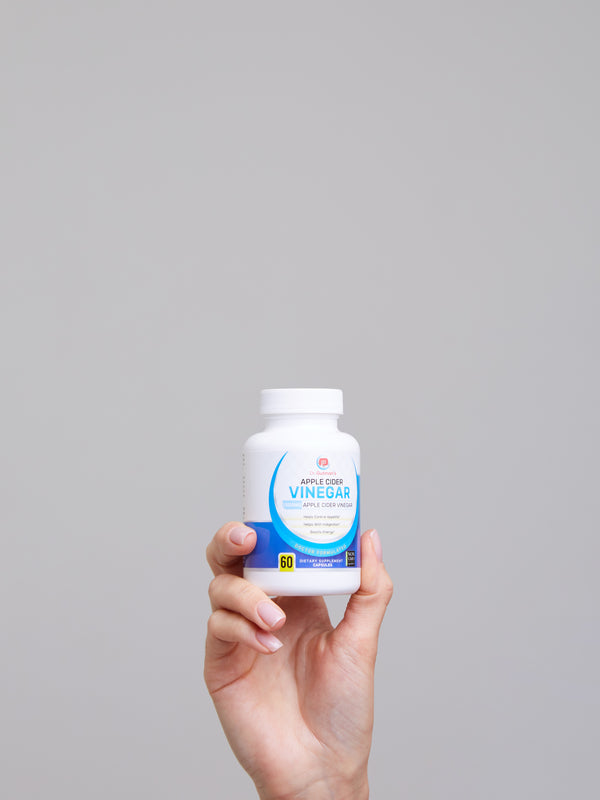
For the first three weeks, you are going to be concentrating on cleansing your microbiome, so you will eliminate all the harmful foods mentioned in previous posts, adding only the optional ones you will see in the next post back in week four. This may be a challenge, but there are still plenty of prebiotic and beneficial foods that will keep you from getting hungry. In following posts, you will see some examples of recipes for the combination of nutrients suggested here, but feel free to experiment with your own, so long as the ingredients are the same.
Since this is not about dieting, and the goal is only to change your eating habits to maintain a healthy microbiome, feel free to experiment with preparations, so long as you are consuming only the recommended foods and none of the ones on the “no-no” list. Make sure you supplement each meal with stomach acid, enzymes and probiotics. Drink plenty of water, avoid alcohol, limit your consumption of coffee to one cup per day, and emphasize green tea over black tea. Coffee is actually a good thing in moderation, as it is rich in phytochemicals. Moderate coffee drinkers have less type-2 diabetes, heart disease, colon cancer, and cognitive impairment, as well as more diversity in their gut microbiomes.[1] Green tea is also rich in phytonuytrients and anti-oxidant compounds, and contains L-theanine, an amino acid known to curb anxiety and improve cognitive function.[2]
Breakfast
For breakfast, I recommend a fruit salad, composed of apples, grapefruit, kiwi (one kiwi supplies 85% of the recommended daily Vitamin C for a healthy adult)[3], and nectarines or oranges. Berries, such as blueberries, strawberries and raspberries are high in antioxidants and are also good for maintaining a healthy liver, as are grapes,[4] and they have the added benefit of being good for the kidneys.[5] Nuts, such as walnuts, are also good for the liver and can stave off the hungry feeling if you are used to having a “traditional” breakfast of meat, eggs and toast. Almonds are known to support good gut health.[6] You can also have Goat’s and Sheep’s yogurt.
Phytonutrients, the natural chemicals found in plants that give them their color, protect plants from sung damage, pests and fungus, and can also protect your cells from free radical damage. [7]
If you don’t like the idea of a fruit salad for breakfast, you can blend any of the fruits you wish into a smoothie.
Lunch and Dinner
For lunch, during the cleansing period, a combination of fish or lean poultry (and occasional beef and lamb) and fresh vegetables, such as a salad made with spinach, arugula or kale, tossed with olive oil and apple cider vinegar, if desired.
Soups are also good for both lunch and dinner and can be made with a combination of proteins, such as chicken or lean beef, (limit red meat consumption to 500 grams per week), beet root and cabbage (borsch).
Prebiotic Foods
For both lunches and dinners, try to incorporate as many prebiotic foods as possible to nourish beneficial bacteria in the microbiome, such as mushrooms, Jerusalem artichokes, leek, onions, asparagus, beet root, dandelion greens, green peas, snow peas, fennel, burdock, eggplant, endive, Jicama, Konjac, Radicchio, and Yacon. Mushrooms are not only delicious, they are also rich in polyphenols, vitamins and minerals, and are a potent anti-oxidant.[8]
Legumes, such as lentils, can be made into a salad or soup, black beans and red kidney beans can be used in your salads. [9]
Healthy Foods for a Healthy System
Avocados, which are really a fruit, are a super food that can be incorporated into any salad. They are rich in monounsaturated fatty acids and vitamins C, E, K, B6, riboflavin, niacin, folate, pantothenic acid, magnesium, and potassium, and provide lutein, beta carotene and omega-3 fatty acids.[10] Because they contain beta sitosterol, they are good for your heart, and the lutein and zeaxanthin are good for maintaining good vision. Their natural fiber makes them an excellent food to reduce inflammation and aggravation of the digestive tract. Research has associated an optimal intake of folate with the reduced risk of developing colon, pancreatic and cervical cancers,[11]and they contain high levels of carotenoids which may have anti-cancer properties.[12]
Incorporate into your meals chickpeas (as additives to salads, soups, dips). Tomatoes, carrots, celery, cauliflower, broccoli, and cucumbers can be tossed is salads or eaten raw or dipped in your chickpea or guacamole dip (see snack and dessert section). Eggplant can be roasted and tossed in salad with cooked lentils, tomatoes, and olive oil, or enjoyed by themselves.
For healthy snacks, incorporate apples, nectarines, almonds, Brazil nuts, and walnuts.[13]
Spices
Spices don’t just make things taste better; they also can be healthy for you. They are generally packed with phytonutrients and antioxidants and create better bacterial diversity in the microbiome.[14]
Key Takeaways
For at least three weeks, you should follow a program of eating prebiotic foods and foods rich in vitamins and minerals to reset your digestive system. For more information on Dr. Gutman's Digestive Health supplements, click here.
[1] Raj, Roshini, M.D., Gut Renovation, page 45-46.
[2] Raj, Roshini, M.D., Gut Renovation, page 46.
[3] Medical News Today, What are the Health Benefits of Kiwifruit? Miho Hatakna, December 5, 2019.
[4] Rosenbloom, Cara, Good Rx Health, 8 Foods to Eat for a Healthy Liver, August 18, 2022.
[5] Kubala, Jillian, Healthline, The 20 Best Foods for People with Kidney Disease.
[6] Benenden Health, Gut Health Foods
[7] Raj, Roshini, M.D., Gut Renovation, page 43-44.
[8] Raj, Roshini, M.D., Gut Renovation, page 50.
[9] Chef Sky Hanka, 20 Prebiotic Foods to Support Digestive Health, June 19, 2021
[10] Medical News Today
[11] National Institute of Health, Folate
[12] Kokosleva, Caroteonoids in Cancer Metastasis, National Institute of Health, Biomolecules, December 10, 2020
[13] Kellman, Rafael, M.D., The Microbiome Diet., page 193.
[14] Raj, Roshini, M.D., Gut Renovation, page 46.

